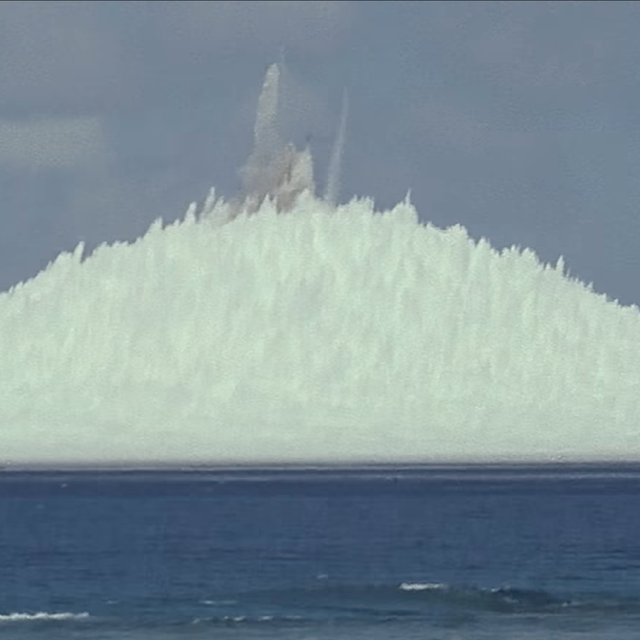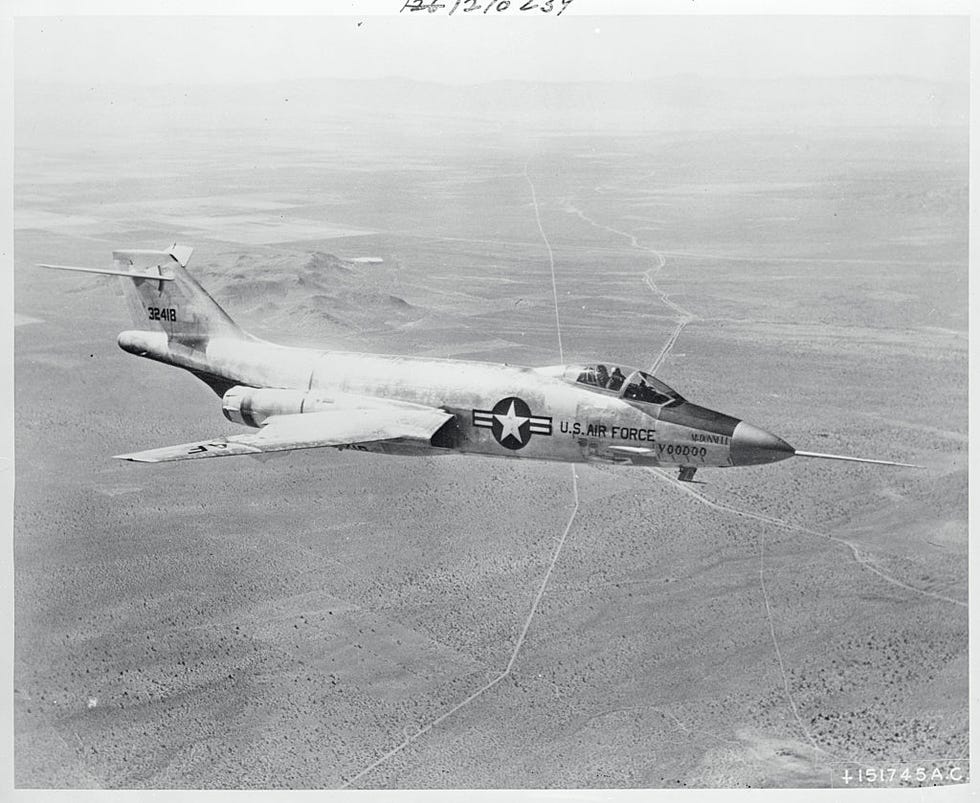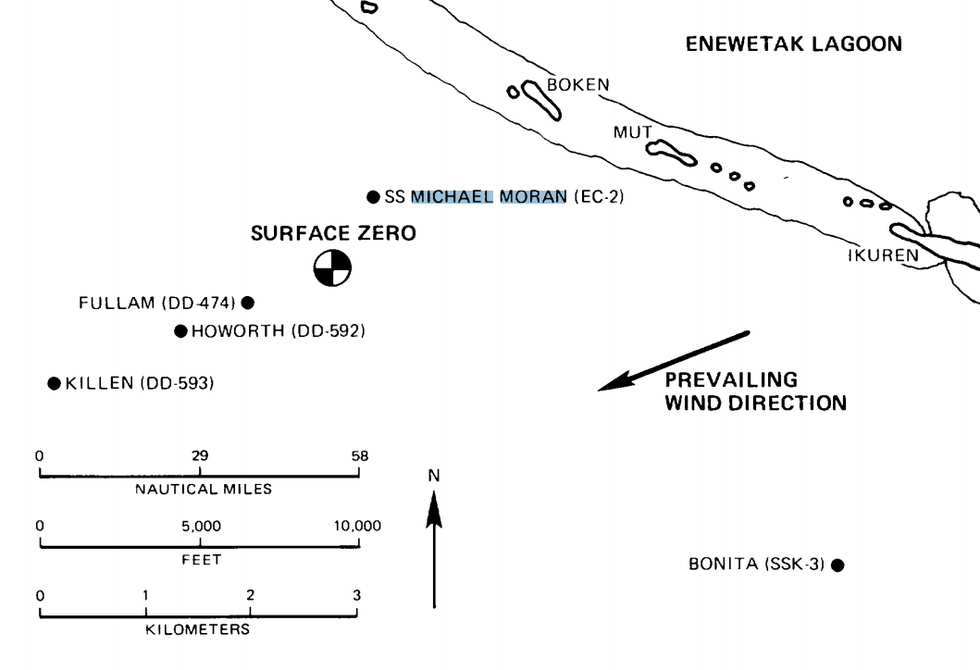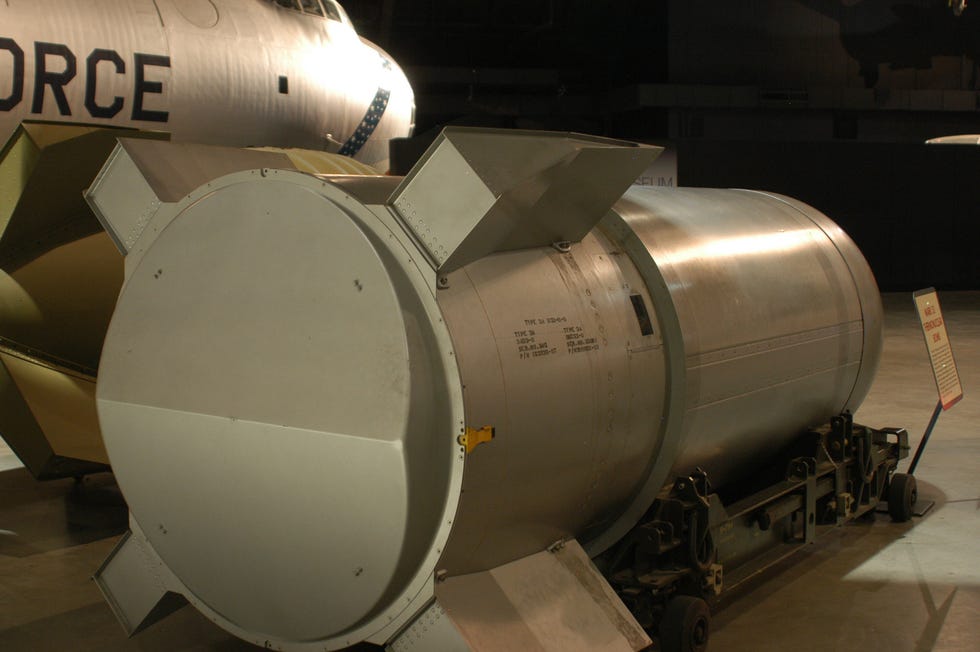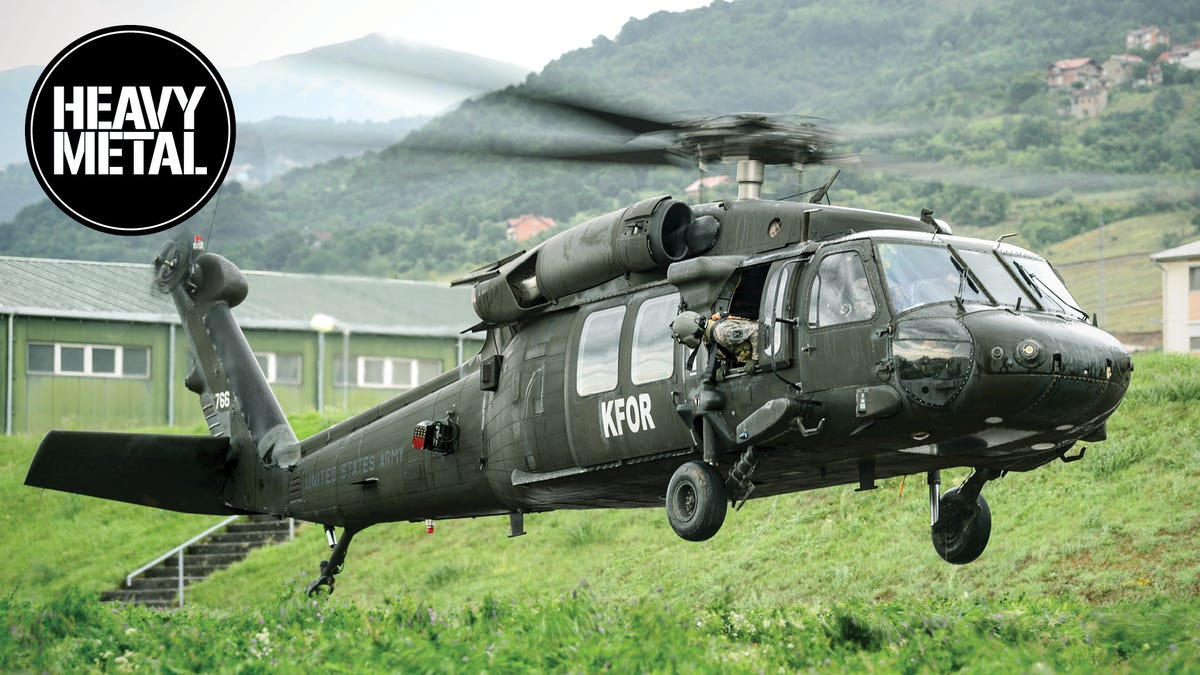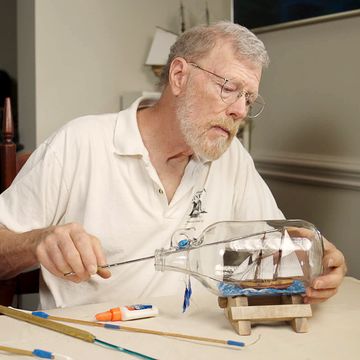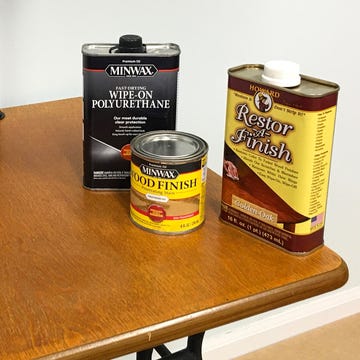- In 1958, the U.S. military detonated a nuclear bomb underwater.
- A remastered video shows the raw power of the atomic weapon.
- The weapon in the video is puny by modern terms and was superseded by bombs hundreds of times more powerful.
A newly unearthed video from the early days of the Atomic Age shows the raw power of nuclear weapons—even if that power is relatively tame by modern standards.
In the clip, a Mark 7 nuclear gravity bomb explodes deep underwater, but creates a column of water vapor more than half a mile high:
The test (code name: Wahoo), took place on May 16, 1958. The detonation point was the open ocean near Enewetak Atoll in the Marshall Islands. According to the Nuclear Weapons Archive, the Wahoo device was detonated at a depth of 500 feet in 3,200 feet of water.
➡ You love badass military tech. So do we. Let’s nerd out over it together.
The Mark 7, which debuted in 1952, was a tactical nuclear weapon designed to be carried by fighters (the F-84 Thunderjet, F-100 Super Sabre, and F-101 Voodoo) and bombers (the B-57) and dropped on enemy ground forces, according to the National Museum of the U.S. Air Force. Navy aircraft like the A-1 Skyraider, A-3 Skywarrior, F2H Banshee, and F3H-2N Demon, and FJ-4B Fury could also carry the Mark 7.
The bomb had an explosive yield of 9 kilotons, or about two-thirds the yield of the bomb dropped on Hiroshima, and yet was considerably smaller and more compact than the “Little Boy” bomb.
The Atomic Tests channel, which found and uploaded the footage, describes the test:
Within a second of detonation, a spray dome was created that reached a height of 840 feet (260 m) after seven seconds. The overall shape of the spray dome resembled a cone with 45 degree sloped sides. Plumes were seen breaking through the spray dome after six seconds in every direction. The vertical plume continued rising until 12 seconds after the blast while the lateral plumes traveled for 20 seconds before collapsing. The diameter of the spray dome was approximately 3,800 feet (1,200 m) at the 20 second mark.
The purpose of the test was apparently to determine the weapon’s effectiveness against surface ships, as well as a surfaced submarine. A number of target ships were moored nearby, including the retired destroyers USS Howorth, USS Fullam, and USS Killen, and the submarines USS Sterlet and Bonita.
According to Atomic Tests, the SS Michael Moran, a former merchant ship, “moored at 2,346 feet (715 meters) away was immobilized due to shock damage to its main and auxiliary equipment while also suffering minor hull damage.”
The Mark 7 bomb was quickly eclipsed by devices that were, pound for pound, exponentially more powerful. The B53 thermonuclear bomb, which debuted in 1961, had an explosive yield of 9 megatons and was the most powerful bomb to enter U.S. military service. (A Mark 7, by comparison, only had a yield of 9 kilotons, which means the B53 bomb was 1,000 times more powerful than the weapon in the video.)
The last B53 bomb was dismantled in 2011, leaving the B83 as the most powerful thermonuclear device in America’s deployed inventory. The B83 is “just” 1.3 megatons, or 1,300 kilotons.
The Limited Test Ban Treaty, ratified in 1963, prohibits testing nuclear weapons on land, at sea, or in space.
🎥 Now Watch This:

Kyle Mizokami is a writer on defense and security issues and has been at Popular Mechanics since 2015. If it involves explosions or projectiles, he's generally in favor of it. Kyle’s articles have appeared at The Daily Beast, U.S. Naval Institute News, The Diplomat, Foreign Policy, Combat Aircraft Monthly, VICE News, and others. He lives in San Francisco.
